The technical team of SMG Group is skilled in seamless steel pipe production line technology, and can supply high-quality related tube and pipe mills. At the same time, SMG Group is willing to provide customers with perfect after-sales service, in order to free customers from worries.
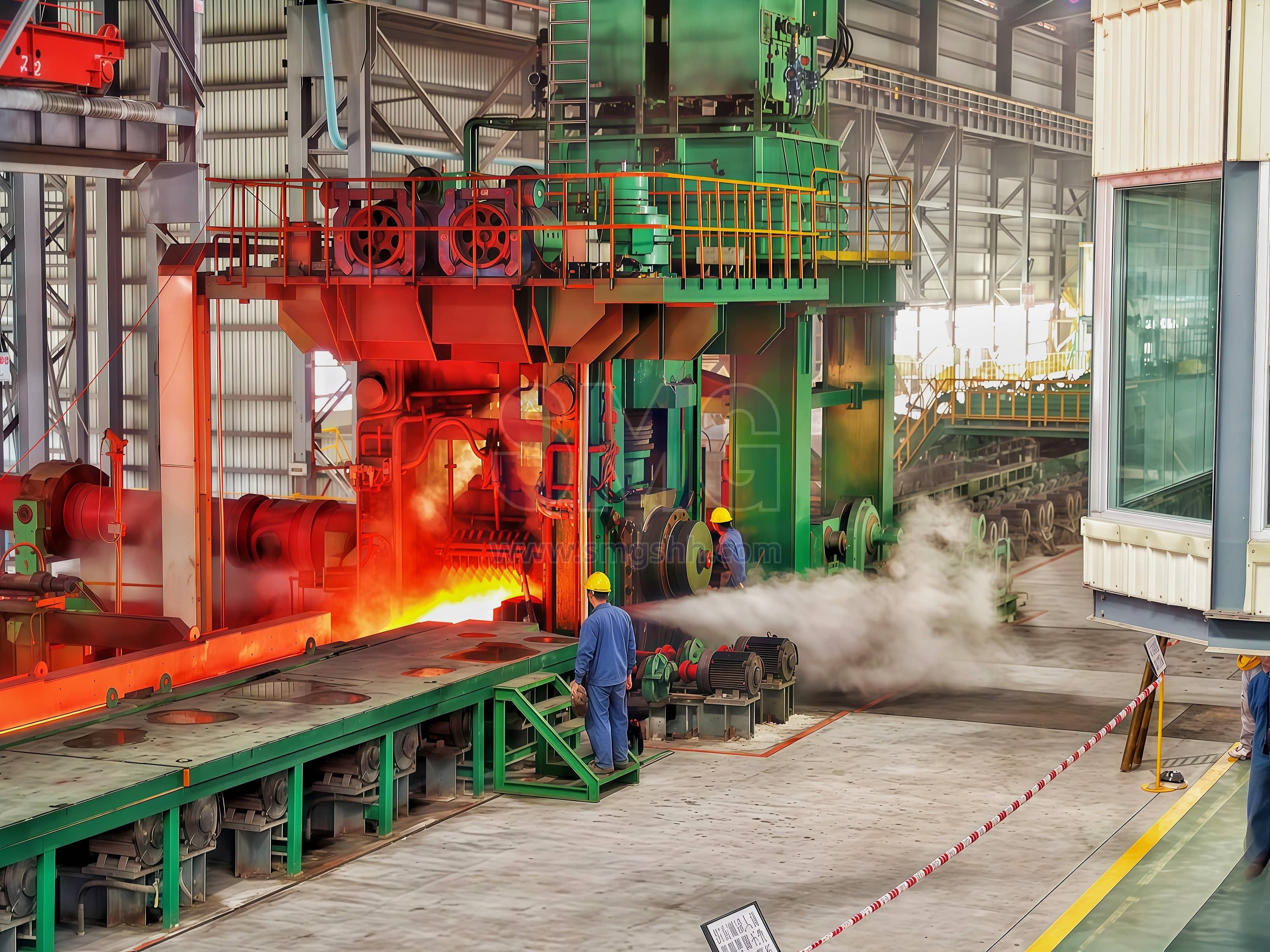
SMG Group intends to design and offer a comprehensive range of strip steel rolling mills which produces high quality and reliable hot strip. Our technical team specializes in customizing efficient and reliable hot mill solutions for our customers, covering the entire process from raw material handling to finished product production. Our professional team will provide the best production line design according to the needs and requirements of customers, and provide advanced hot strip mill equipment and mature technical support. We are committed to providing our customers with best-in-class hot rolling solutions to help them achieve productivity and cost optimization.
.jpg)
.jpg)
Hot strip production line refers to adopting hot rolling mills to produce thin, narrow, and long steel plate. Its width is generally 20mm-200mm. Strip is usually supplied in coils and its specifications are expressed as thickness x width. According to the quality of steel, it is divided into high quality and ordinary strip steel; According to the types of rolling processes is divided into hot rolling and cold rolling strip. The thickness of ordinary hot rolled strip is 2mm - 6mm.
.jpg)
.jpg)
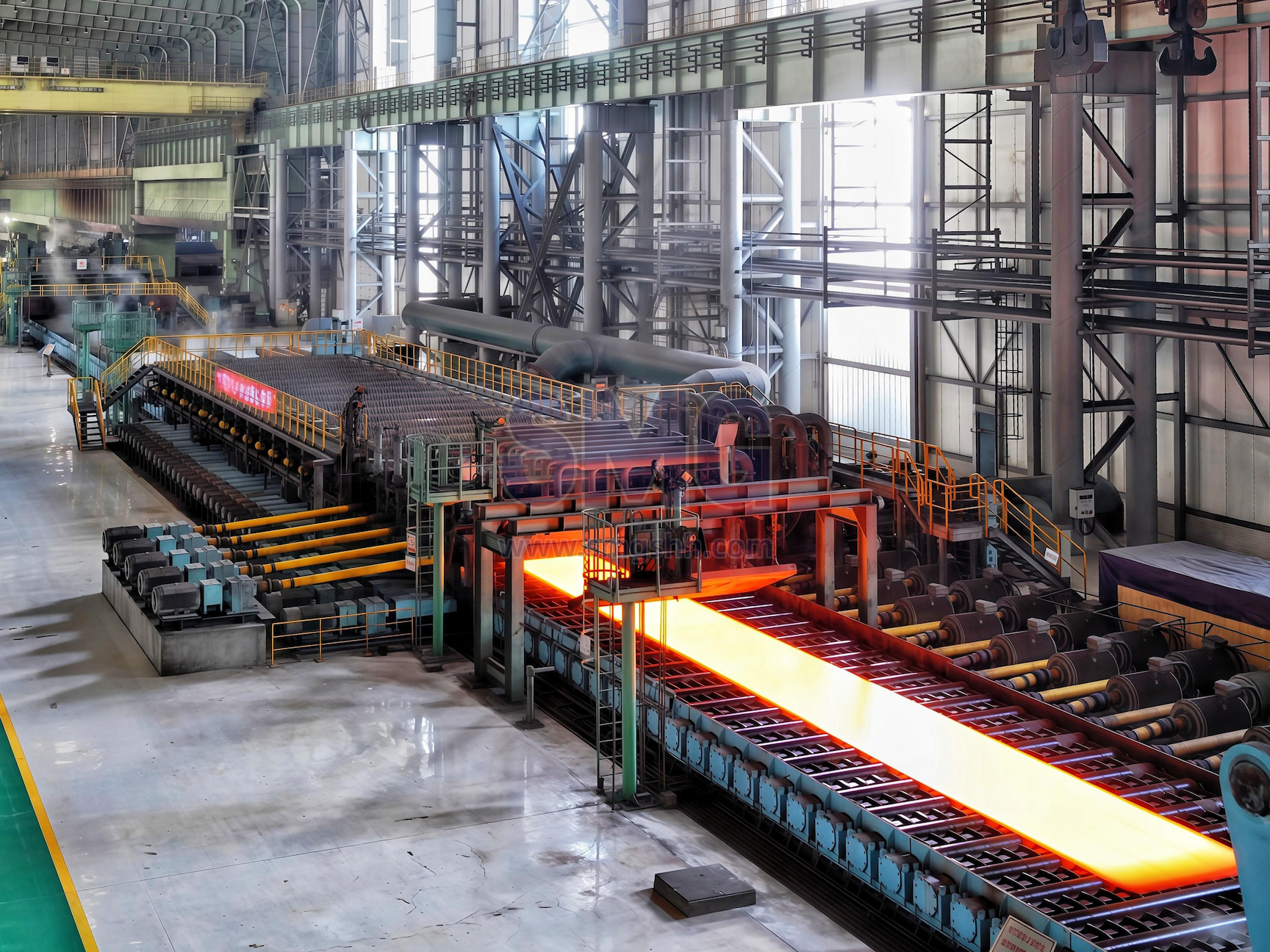
SMG Group is good at providing comprehensive design and equipment supply services for production lines of hot rolled plate. Our team members are committed to delivering customized solutions meeting the specific needs of clients, covering the entire production process from raw material processing to the manufacturing of finished products.
.jpg)
The plate mill line is a combination of plate mill equipment and machinery used to produce hot rolled steel sheets. This line typically includes processes such as raw material processing, reheating of slab or billet, hot rolling, cold rolling, galvanizing, cutting, and packaging. The steel plate rolling mill may vary depending on the manufacturer's needs and technological capabilities. The level of automation in steel plate production lines continues to increase to realize state-of-the-art. Steel plates are widely used in construction, machinery manufacturing, automotive manufacturing, and other fields.
.jpg)
Steel plate production process: steel plate production is based on flat steel billet as raw material, flat steel billet is heated to 1200°C by reheating furnace such as steel pusher furnaces or walking beam furnaces, and then rolled, cooled, levelled to shear (flame) cut into final products.
.jpg)
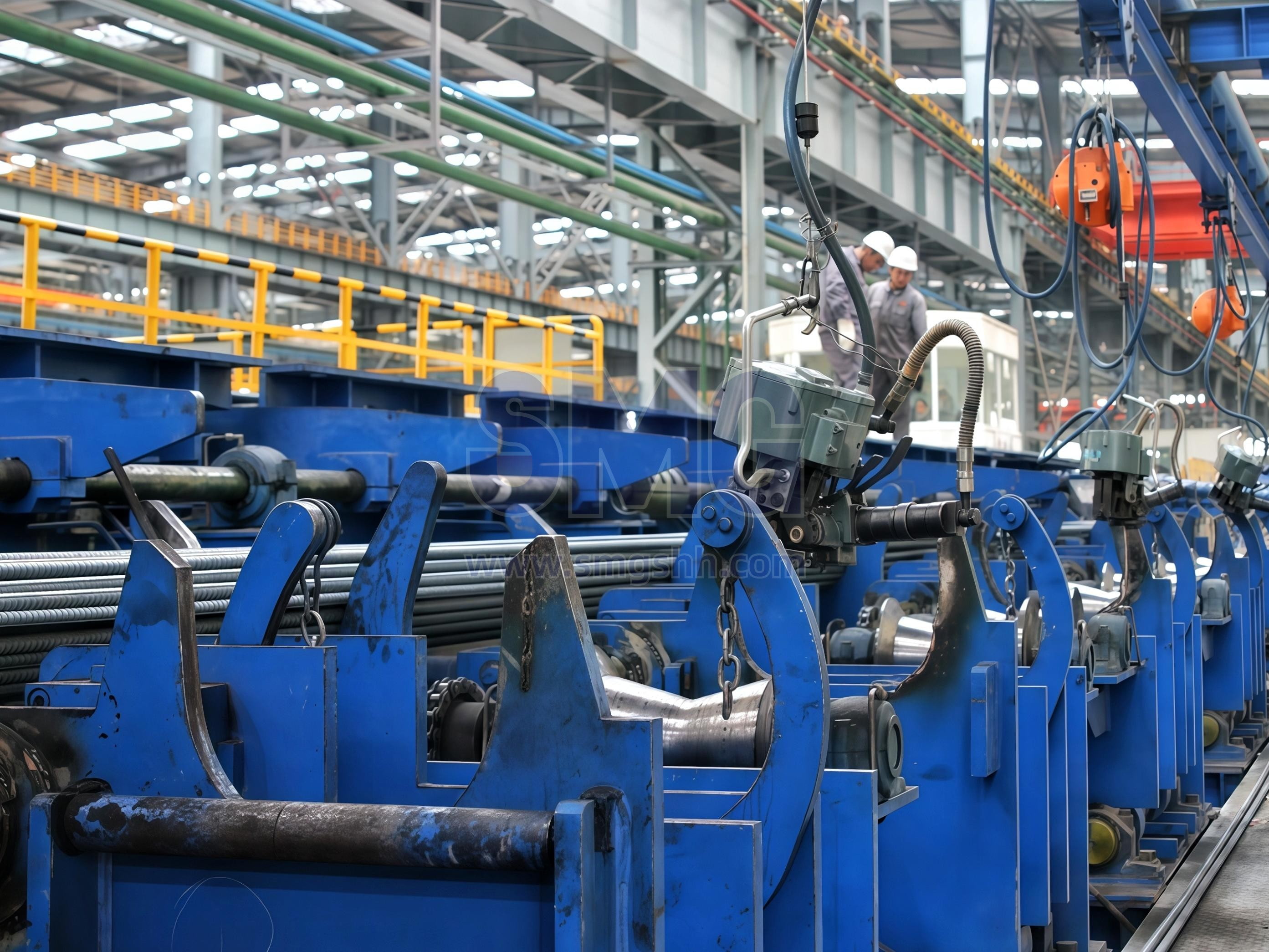
SMG Group can independently supply comprehensive design and equipment supply services for complete bar or reinforcing bar production lines. Our technical team is dedicated to delivering customized bar rolling process tailored to the specific needs of our clients, covering the entire bar production process from raw material processing to the manufacturing of finished products. We prioritize customer satisfaction and strive to help our clients enhance productivity and optimize costs through our innovative solutions.
.jpg)
Bar/Rebar hot rolling production line is one kind of production line which uses bar/rebar rolling mills to produce steel bars or reinforced steel bars. Bar rolling lines usually consist of multiple stands of hot rolling mills that can roll hot billets into bars of different specifications. The process flow and equipment characteristics of bar hot rolling line vary with different production lines. For example, the hot rolled rebar production line may adopt direct rolling of continuous casting billet, hot charging and hot delivery of continuous casting billet, surface detection of continuous casting billet, light/heavy pressure process of continuous casting billet, headless rolling, peeling rolling and other technologies.
.jpg)
The rebar production line first heats the raw material using reheating furnace, plastic deformation is carried out after reaching a certain temperature, and the raw material is processed into the bar of the required shape and size by hot rolling, forging and other technological means.
.jpg)
Steel bar is a common material in the steel industry, due to its high strength, corrosion resistance, easy processing and other characteristics, it is widely used in various fields. First, bar can be used for mechanical manufacturing. For example, in cars, planes, trains and other vehicles, it is used to manufacture wheel shafts, support rods, transmission shafts, connecting rods and other components. In machine manufacturing, it can be used to manufacture gears, bearings, propellers and other parts. In addition, the bar can also be used to make a variety of tools, such as pliers, hammers, wrenches, etc.
.jpg)
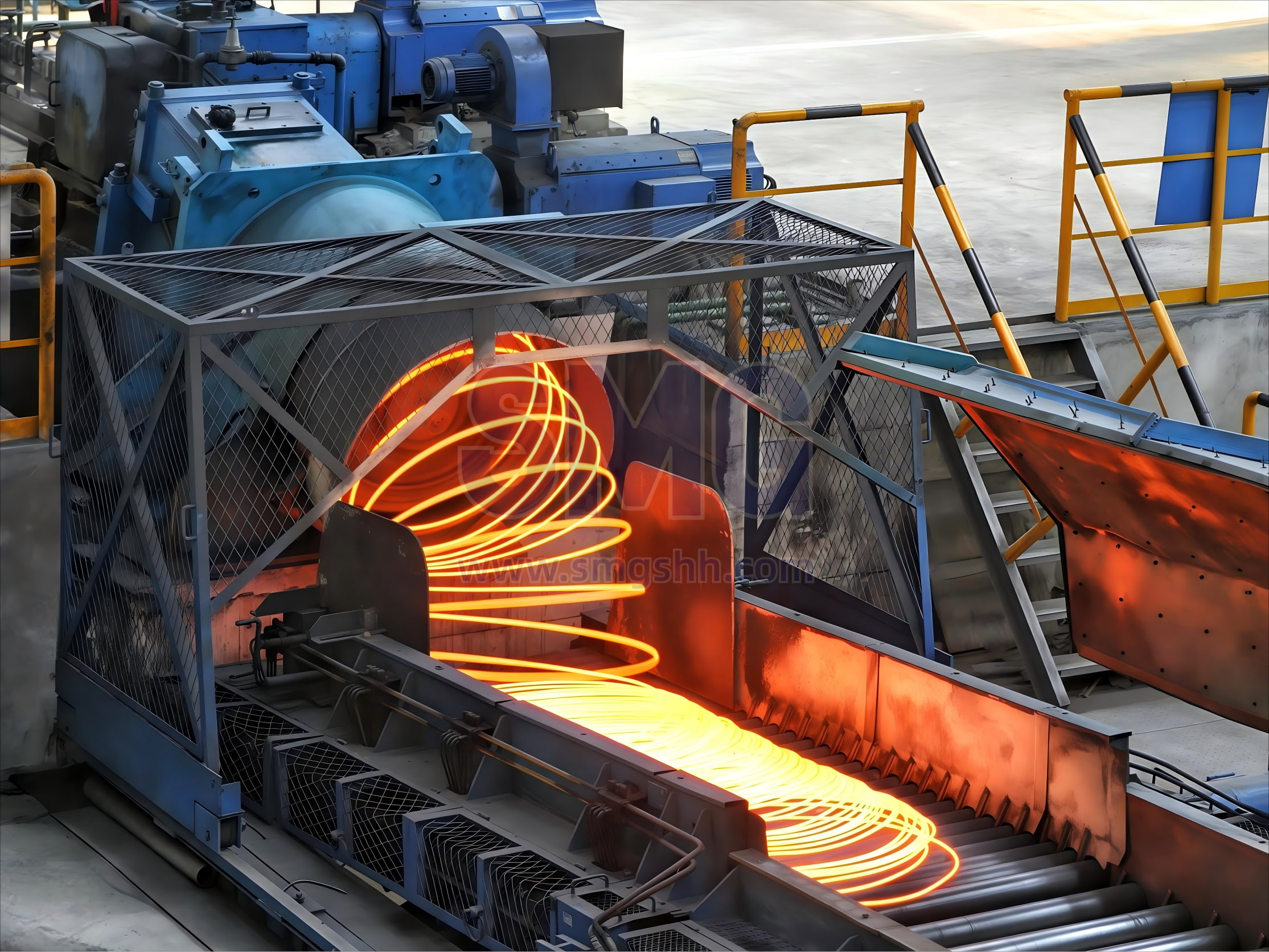
SMG Group can independently supply mature design and high quality equipment supply services for complete wire rod mills. Our technical team is dedicated to delivering customized solutions tailored to the specific needs of our clients. We prioritize customer satisfaction and strive to help our clients realize high productivity and optimize costs through our project solutions.
-Continuous-rolling-mill-Finishing-mill (7).jpg)
-Continuous-rolling-mill-Finishing-mill (4).jpg)
-Continuous-rolling-mill-Finishing-mill (1).jpg)
Coil weight is a critical parameter for evaluating the technical sophistication and economic viability of a wire rod production line. It refers to the theoretical weight of each finished wire rod coil and serves as a direct indicator of the line's overall capability. A higher coil weight demands superior performance from the line, including enhanced rolling stability, more powerful coiling technology, and precise controlled cooling systems.
-Continuous-rolling-mill-Finishing-mill (6).jpg)
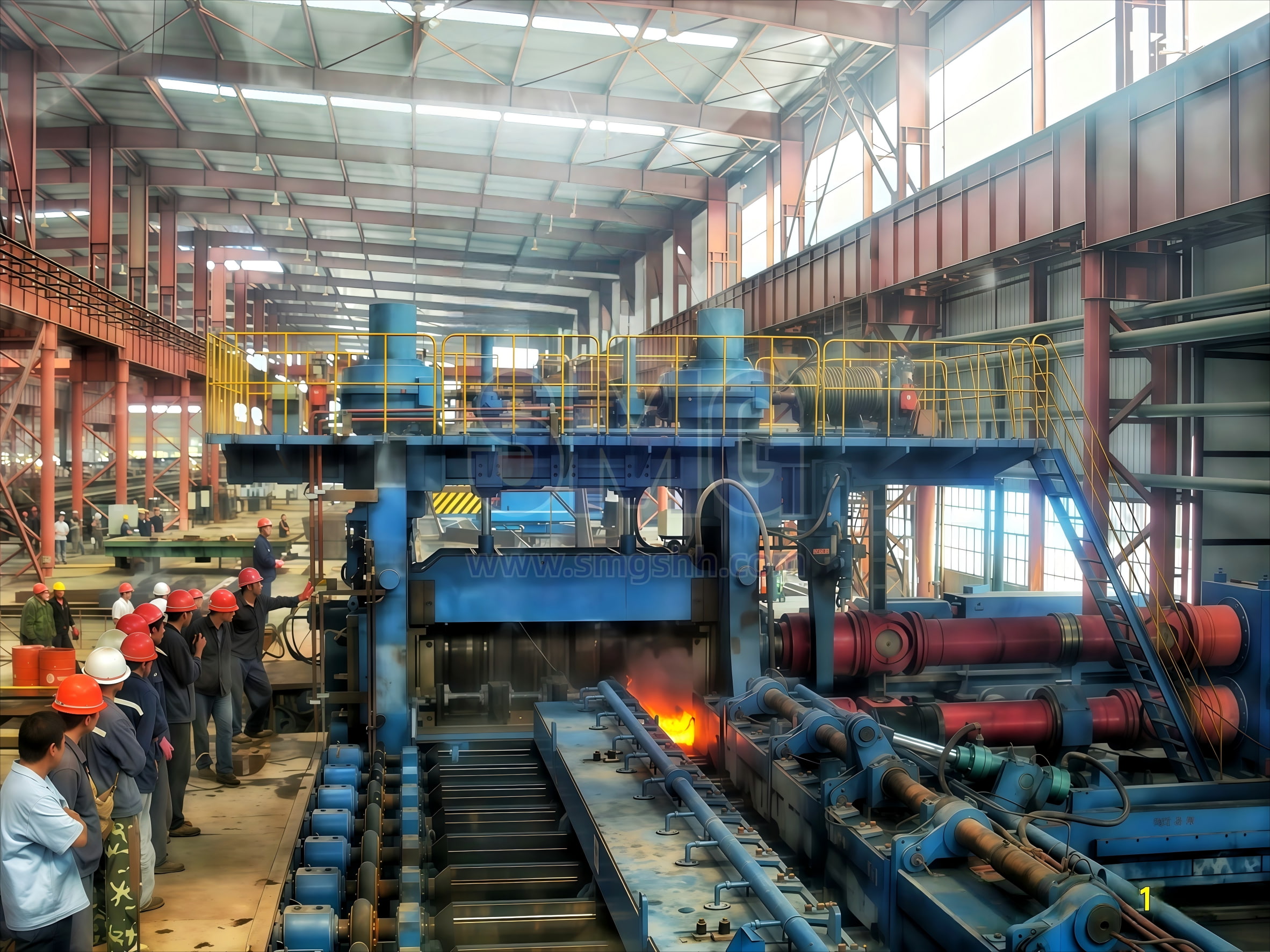
SMG Group specializes in providing comprehensive design and equipment supply services for section steel production lines. We are dedicated to delivering customized structural steel mill solutions tailored to the specific needs of our clients, covering the entire production process from raw material processing to the manufacturing of final products. Our team of experts is committed to offering top-notch design solutions and providing advanced equipment and technical support. We prioritize customer satisfaction and strive to help our clients enhance production efficiency and optimize costs.
.jpg)
A section steel production line is a production line which uses structural steel mills to produce various types and specifications of section steel products. This production line typically includes processes such as raw material handling, pre-treatment, forming, cooling, cutting, and packaging. Section steel products are widely used in building structures, bridges, and mechanical manufacturing. Common types of steel include H-beams, I-beams, angle steel, and channel steel. These products play an important role in the construction and engineering industries.
.jpg)
.jpg)
The process flow of the section production line usually includes the steps of raw material preparation, melting, casting, forming, cooling, shaping and quality inspection. First, raw materials such as iron ore and other alloy materials are prepared and mixed. The mixture is then heated and melted before being poured into a mold for casting. After the cast steel is cooled, it is reshaped to achieve the required specifications and dimensions. Finally, section steel is subjected to a strict quality inspection to ensure compliance with the standard. The whole process requires strict control of parameters such as temperature, pressure and speed to ensure that the quality and performance of the section steel meet the requirements.
.jpg)
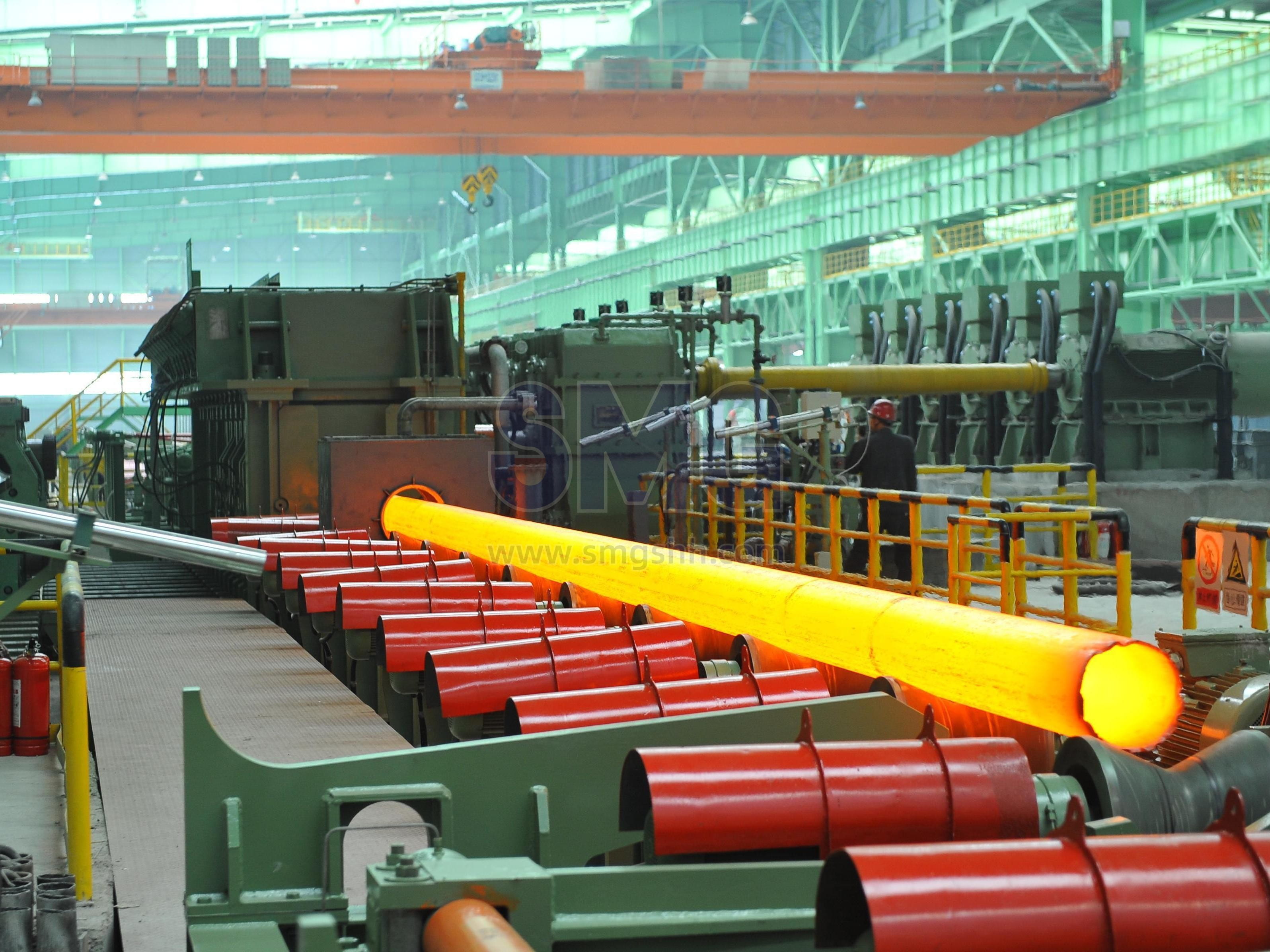
Seamless steel pipe is perforated by the whole piece of round steel, and the steel tube with no weld seam on the surface is called seamless pipe.
.jpg)
The seamless process of steel pipe is mainly accomplished by stretch reducing, which is a continuous rolling process of hollow base metal without mandrel. Under the condition of ensuring the welding quality of the master pipe, the welded pipe stretch reducing process is to heat the welded tube or pipe as a whole to more than 950 degrees Celsius, and then after the stretch reducing machine (a total of 24 passes of stretch reducing machine) into a variety of outer diameter and wall thickness of the finished pipe. The hot rolled steel pipe produced by this process is essentially different from the ordinary high-frequency welded pipe. After heating by the reheating furnace, the metallographic structure and mechanical properties of the weld can be completely consistent with that of the parent pipe. In addition, the dimensional accuracy of the steel pipe (especially the roundness and wall thickness accuracy of the pipe) is better than that of similar hot rolled seamless pipes through the multi-pass stretch reducer rolling and automatic control.
.jpg)
The production equipment consists of piercing machine, automatic pipe mill, reeling machine, sizing machine and reducing machine. The production process of seamless steel pipes is divided into the following procedures: round tube billet → heating → piercing → three roll cross rolling, continuous rolling or squeezing → off pipe → sizing (reducing) → cooling → straightening → water pressure test (crack detection) → marking → warehousing.